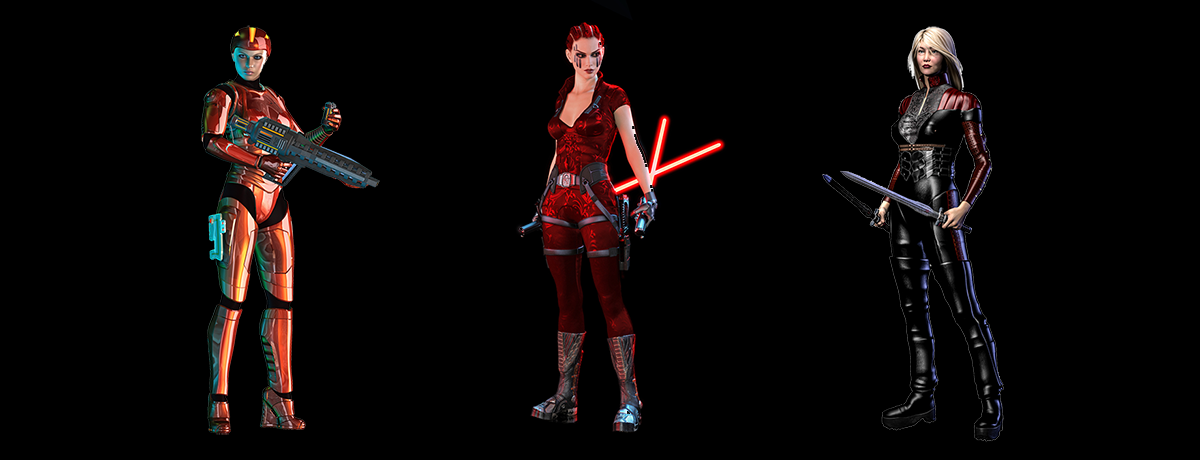As anyone who sees my posts and comments knows, I am excited about the prospect of a standard which supports game asset interoperability.
Original Concept
As I originally conceived it, a set of standard metadata could be defined which would describe the properties of the asset. A simplistic example:
🔘Category = Weapon
🔘Type = Sword
🔘Bonus = +5
…
I contended that with some basic standard metadata, games could recognize any item and then allow, disallow, temporarily nerf, etc. the item as they chose.
I also argued that what was important was function, not form, which would eliminate any issues with proprietary color, texture, libraries, etc.
In addition, if a game did not want its assets to be interoperable, the standard could also include that option, so that game designers could preserve the fidelity of their in-game assets if they wanted to, even if they were NFTs, or, of course, simply not publish those assets under the standard.
However, the other day I was chatting with @Reed Berkowitz, and he had an even better idea.
Improved Concept
What if, while keeping the Category, we did not explicitly identify the Type (sword, gun, laser pistol, etc.), but the metadata held everything that describes the item’s function (e.g., level, damage output, durability, etc.) on defined scales?
Many games have power scales (e.g., common, uncommon, rare, epic, etc.). Each game could map the standard to its own scales and decide how to manage an imported item.
So, it might end up something like this (again, simplified for brevity):
🔘Category = Weapon
🔘Level = Epic
🔘Durability_Total = 500 (out of 1,000)
🔘Durability_Current = 80%
…
With this standard, a player could take a sword into a space game where it might manifest as a laser pistol or a laser sword with power similar to the fantasy game from which it originated, but on a relative scale to the new game. Even more exciting, a player could bring a mount picked up in a fantasy game, a unicorn, into a post-apocalyptic game where it manifested as a motorcycle or a dune buggy and then a war game where it was a tank.
In other words, form would follow function depending on the game itself.
I would, though, argue it would be useful to include the original specs and game origin of the item in the metadata just for reference.


